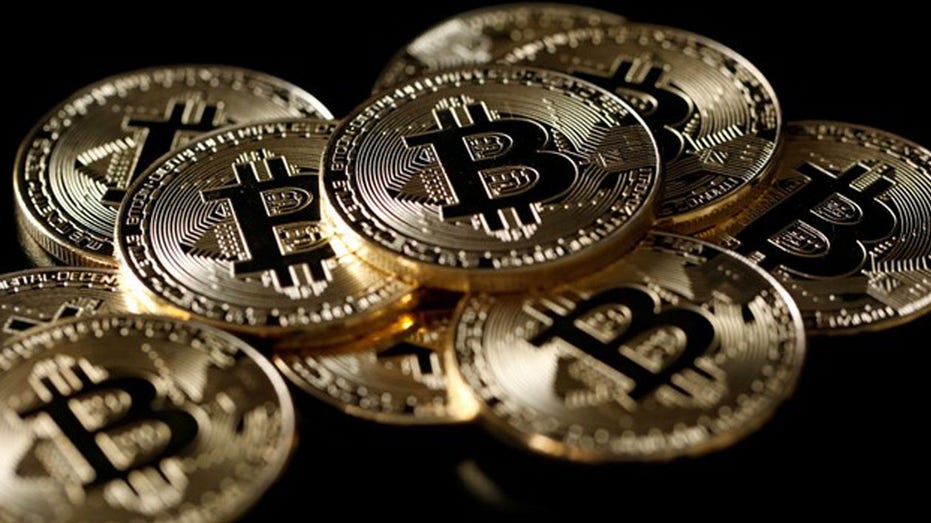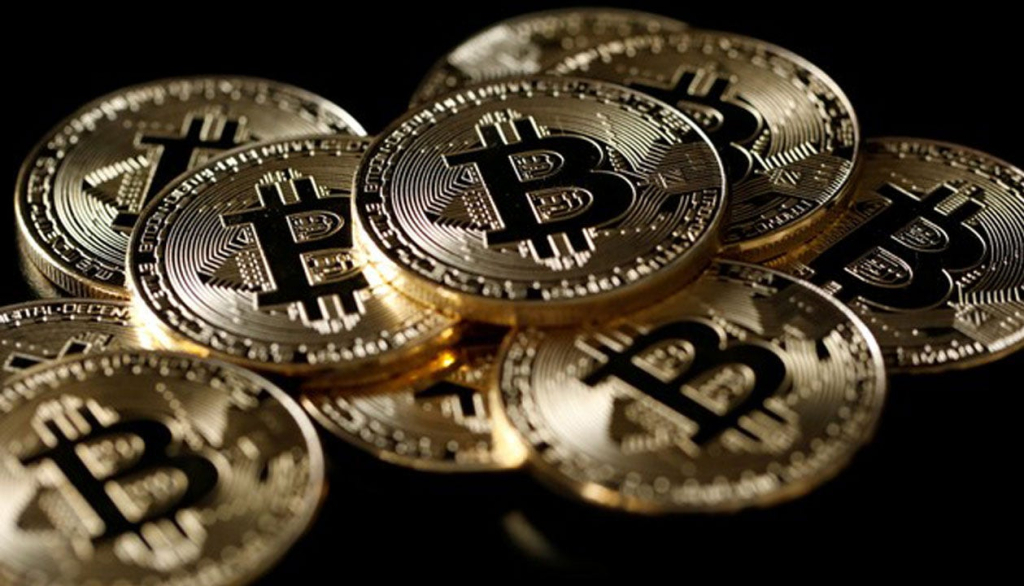Bitcoin continues its upward trajectory, nearing all-time highs as a wave of investors flock to the cryptocurrency amid rising global economic uncertainties and a recent downgrade of U.S. debt. This surge is also fueled by increasing confidence in the expected regulation of digital assets.
Key drivers of Bitcoin’s rally, as noted by industry analysts and executives at the Solana Accelerate Conference, include its emerging status as a safe haven asset, escalating geopolitical tensions, and increased institutional adoption of the cryptocurrency.
“Bitcoin is beginning to act as a safe haven asset as global instability increases,” remarked Sergey Nazarov, co-founder of Chainlink. “For the first time, we’re seeing it decoupled from tech stocks. If you’re looking for a second safe haven asset after gold, Bitcoin has become a logical option.”

Echoing these sentiments, Johann Kerbrat, senior vice president at Robinhood Crypto, commented to Finance Newso Business, “Individuals are increasingly viewing Bitcoin as a reserve currency. During times of market instability, people turn to it as a means of preserving value.”
Boost in Regulatory Confidence
Optimism surrounding potential regulatory frameworks for cryptocurrencies is also contributing to Bitcoin’s rally.
Congress is actively working on legislative efforts that include frameworks for stablecoins—digital currencies tied to traditional assets like the U.S. dollar—and market structure regulations defining how digital assets can be traded and held.
Senator Bill Hagerty (R-Tenn.) mentioned last week the GENIUS Act, which aims to guide national innovation for U.S. stablecoins, stating, “I think we will have it completed and through the Senate in 10 days.”

Representative French Hill (R-Ark.), a major proponent of House crypto policy, expressed to Finance Newso Business that establishing regulatory rules is crucial for fostering innovation. “Without guidelines for payment stablecoins and market structure, we risk losing out. Clear regulations will bring money and innovation back to the U.S., positioning us as the leading nation for fintech in digital assets.”

Hill emphasized the need for expedited action before the congressional summer recess. “We hope to see the Senate pass the GENIUS Act soon and are keen to understand its structure. The goal is to establish a dollar-backed stablecoin prior to the August break,” he noted.
Kristen Smith, president of the Solana Policy Institute, pointed out that crypto policy is gaining bipartisan support. “This issue transcends party lines,” Smith explained. “It’s about the broader American economy, and this understanding is beginning to reflect in the markets as we observe improving economic conditions and emerging policies—which present growth opportunities for the crypto sector moving forward.”
U.S. Emerges as a Bitcoin Mining Powerhouse
The cryptocurrency landscape has also reached the upper echelons of the Trump administration, with Vice President JD Vance slated to speak at the upcoming Bitcoin Conference in Las Vegas.

Increased Institutional Adoption and ETF Investments
The integration of cryptocurrencies into traditional finance is highlighted by the considerable inflows into U.S. Bitcoin exchange-traded funds (ETFs), which pulled in approximately $4.2 billion in May alone.
This growth in institutional interest indicates a significant shift in the perception of digital assets; they are increasingly viewed as integral components of diversified investment portfolios rather than mere speculative vehicles.
Additionally, The Wall Street Journal reports that major U.S. banks are investigating collaborations with crypto companies to create a joint stablecoin, driven by fears that private sector stablecoins could disrupt customer deposits and alter the existing financial ecosystem.
As Hill noted, “Banks want to remain relevant in the payment space. The movement toward real-time payments is evident, and it’s likely we will soon see 24/7 tokenized transactions in securities and payments.”
With a shifting global financial landscape and clearer regulations on the horizon, Bitcoin’s ascendance may just signify the onset of a broader evolution in value storage and transfer methodologies.
The future remains uncertain regarding whether Bitcoin will establish itself as the digital gold of the 21st century or take on another form. However, it is evident that cryptocurrencies have moved from the periphery to a central role in today’s financial discourse.


























